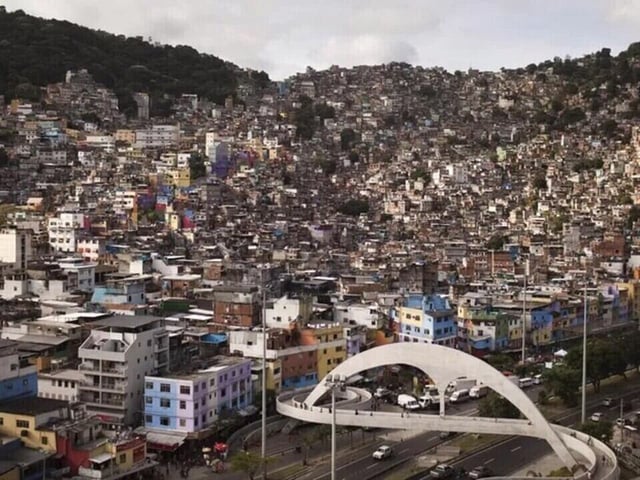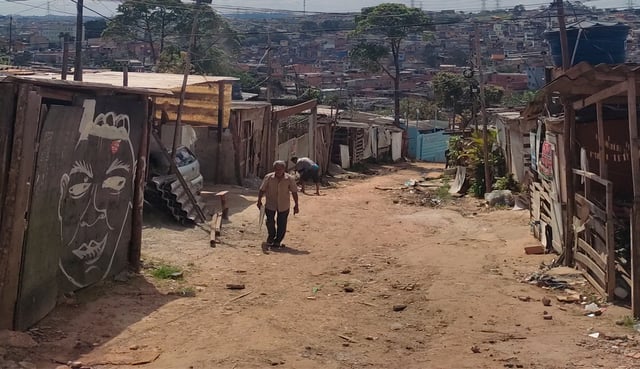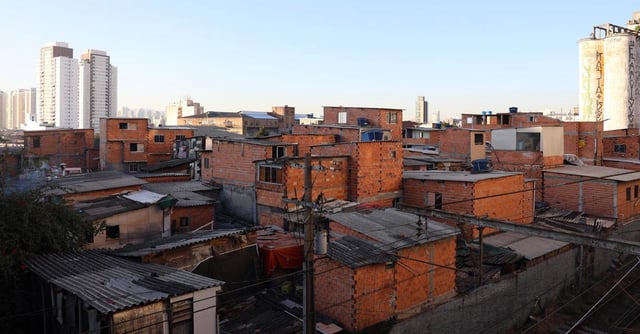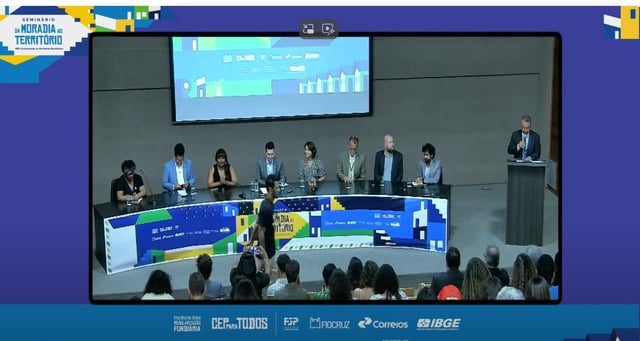Overview
- The rollout now covers 16.39 million residents in 656 municipalities, with each IBGE-registered community receiving at least one code.
- Launched in 2024 by the Ministry of Cities and Correios, the first stage was completed ahead of the original timeline.
- Next steps include mapping internal streets in 300 favelas—765 street-level codes are already in place—and opening in-person Correios service points in 100 communities.
- Government data indicate 72.9% of newly addressed residents are Black or brown, underscoring the program’s emphasis on reducing barriers to inclusion.
- IBGE estimates about 280,000 addresses lacked formal identifiers, affecting roughly 870,000 people, and officials cite examples like Nova Esperança where a new code enabled regular health assistance.



